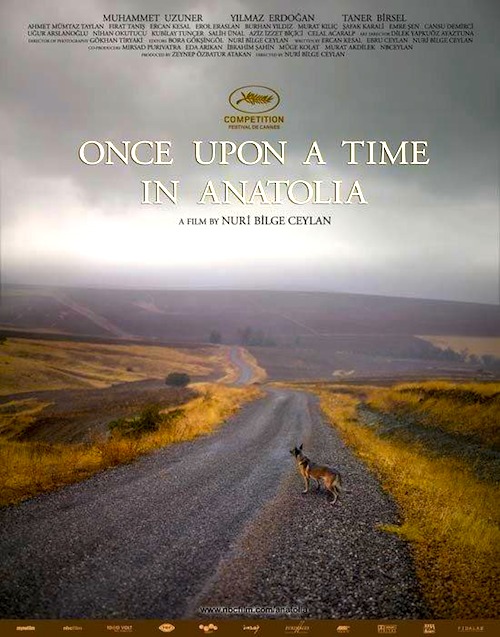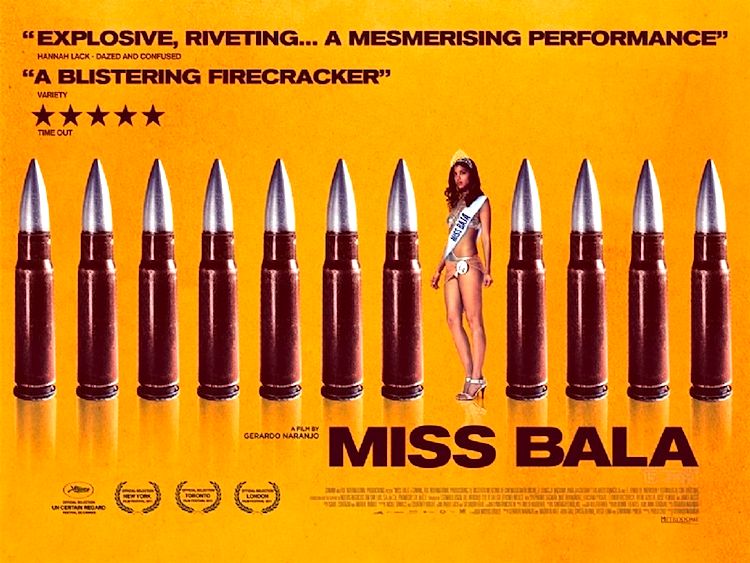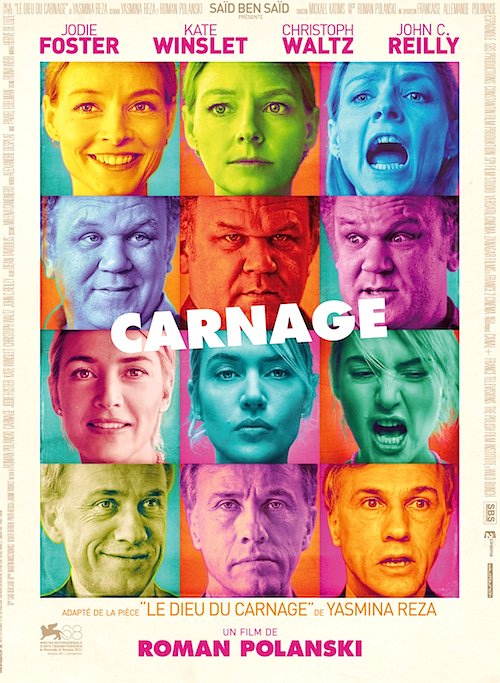 By Joe Bendel. If Beckett and Mamet collaborated on a Turkish police procedural, it might have been similar in tone to Nuri Bilge Ceylan’s latest festival favorite. Yet the lush pastoral imagery is a distinct hallmark of the Turkish auteur’s style. Do not expect to be spoon-fed a conventional action-driven narrative. Ceylan makes viewers work for it in his obliquely focused Once Upon a Time in Anatolia (trailer here), which screens during the 49th New York Film Festival.
By Joe Bendel. If Beckett and Mamet collaborated on a Turkish police procedural, it might have been similar in tone to Nuri Bilge Ceylan’s latest festival favorite. Yet the lush pastoral imagery is a distinct hallmark of the Turkish auteur’s style. Do not expect to be spoon-fed a conventional action-driven narrative. Ceylan makes viewers work for it in his obliquely focused Once Upon a Time in Anatolia (trailer here), which screens during the 49th New York Film Festival.
As the film opens, Kenan is trying to show Police Chief Naci and three carloads of officers where he buried the body of his former friend Yasar. Unfortunately he was drunk at the time and cannot remember the exact location. This will take a while—all night in fact. While they blunder across the deserted Anatolian steppe, Chief Naci, Dr. Cemal, and Prosecutor Nusret, banter about this and that, which might later prove to be more revealing than viewers first realize.
Eventually, Kenan finally finds the body, at which point Ceylan throws his first curve ball, taking the film on a detour into absurdist black comedy. Indeed, the film almost plays like a spoof of long slow pretentious art films, though one has to have a lot of long slow pretentious art films under their belt to really appreciate it as such.
Finally, the keystone kops get the body back to the station, where Ceylan shifts gears once again. We start to pick up clues the nature of the crime is not precisely what we were led to believe. We also learn (with as much certainty as Ceylan ever allows) about one character’s very painful private life.
Throughout Anatolia, truth is decidedly slippery. Ceylan provides clues to raise suspicions, but never enough to form rock-solid conclusions. It is hard to say what over two and a half hours of this elusiveness adds up to, but at least the audience has had a lovely driving tour of the Turkish countryside.
 Mostly shot in long takes, framing the characters as tiny figures set against the verdant landscape, Anatolia is a film that really has to be broken down into manageable parts. The three leads who emerge from the ensemble are all excellent, each looking appropriately haggard and weathered. Yilmaz Erdoğan seems to be the standard issue tough cop, yet he hints at something unexpectedly compassionate in Naci. Conversely, Muhammet Uzuner’s Cemal seems like a reassuringly earnest provincial doctor, but he performs the film’s only true interrogation, one so riveting viewers do not realize it is happening until it is already over. However, it is Taner Birsel who really takes his character to unexpected places, exposing the torment beneath the prosecutor’s bluff and polish.
Mostly shot in long takes, framing the characters as tiny figures set against the verdant landscape, Anatolia is a film that really has to be broken down into manageable parts. The three leads who emerge from the ensemble are all excellent, each looking appropriately haggard and weathered. Yilmaz Erdoğan seems to be the standard issue tough cop, yet he hints at something unexpectedly compassionate in Naci. Conversely, Muhammet Uzuner’s Cemal seems like a reassuringly earnest provincial doctor, but he performs the film’s only true interrogation, one so riveting viewers do not realize it is happening until it is already over. However, it is Taner Birsel who really takes his character to unexpected places, exposing the torment beneath the prosecutor’s bluff and polish.
All three actors have some really fine moments in Anatolia, but you have to drive a long way to get to each one. Of course, compared to the three hour forced march of Cristi Puiu’s Aurora, which played at last year’s NYFF, Anatolia is a walk in the park that offers the additional added attraction of actually getting somewhere in the end. It is a hard film to fully wrap one’s head around, but it stays with you (particularly Birsel’s final scene), which certainly proves it works on some level. Often arresting to look at (through cinematographer Gökhan Tiryaki’s artful lens) and occasionally wickedly droll, it is recommended for the highest of high-end cineastes. It screens this Saturday (10/8) at the Alice Tully Hall as a Main Slate selection of the 2011 New York Film Festival.
Posted on October 4th, 2011 at 1:58pm.





